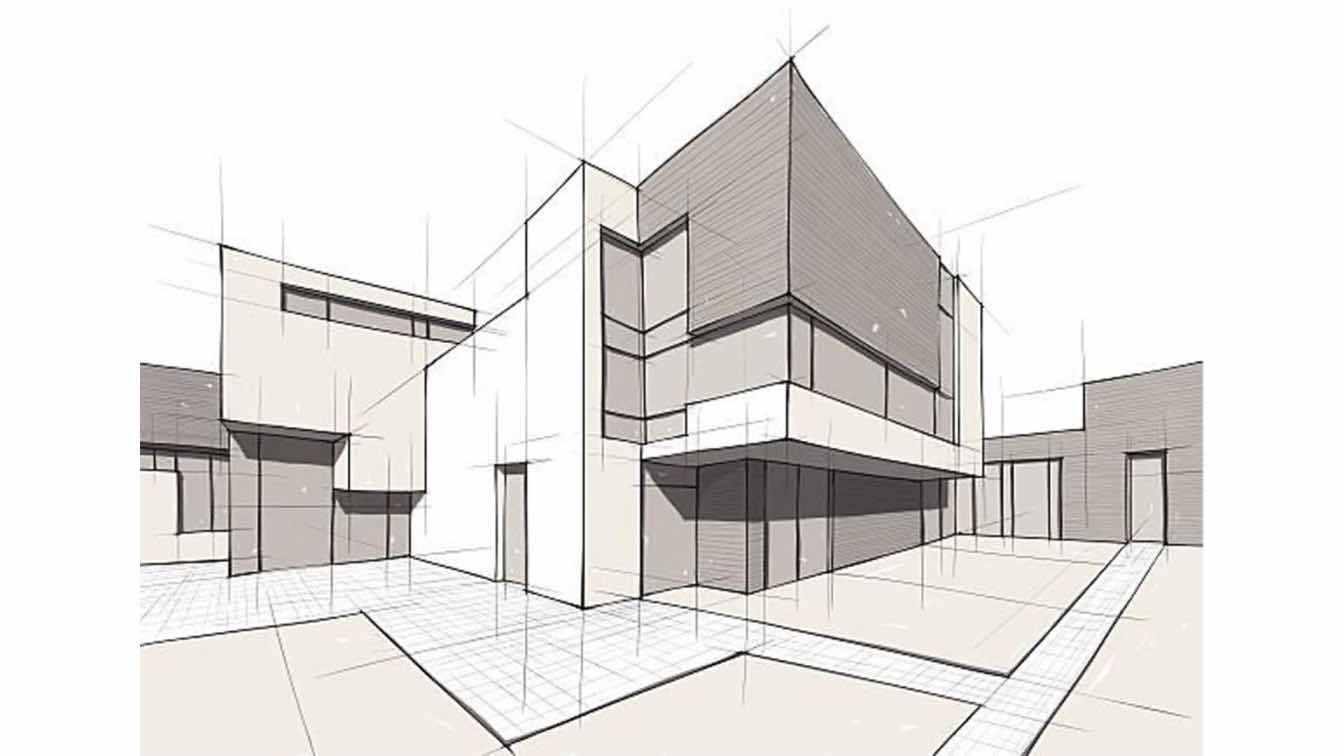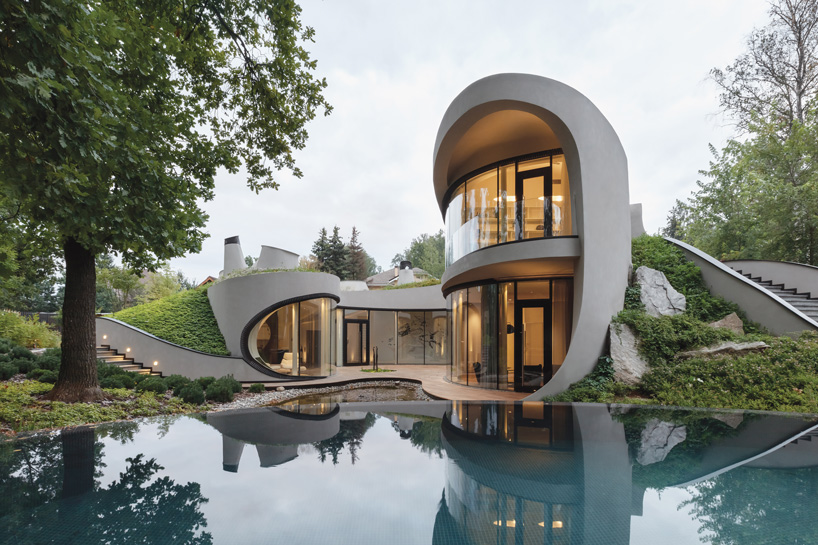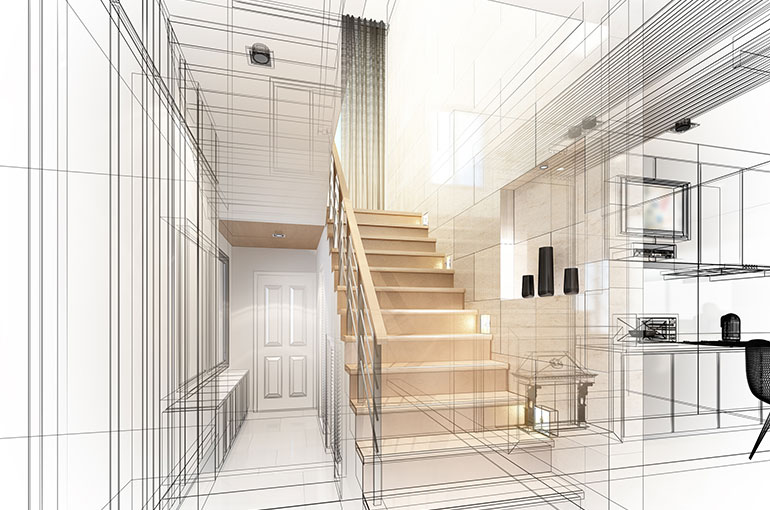An Extensive Introduction of Building Styles and Their Impact on Modern City Planning and Development
Building designs have actually long functioned as a mirror to the societal worths and technical improvements of their time, playing a crucial duty fit modern city preparation and development. From the magnificence of Neoclassicism to the utilitarian technique of Brutalism, each design has actually presented distinct principles that influence city aesthetics and performance. As modern difficulties arise, including sustainability and neighborhood needs, understanding these historical frameworks becomes important. The resulting dialogue not only informs future design methods but additionally raises significant concerns regarding the balance between heritage and innovation in our progressing city landscapes.
Historic Introduction of Architectural Designs

As societies transitioned through the Middle Ages, Gothic style arised, identified by its verticality and elaborate outlining, matching the spiritual aspirations of the era. The Renaissance marked a rebirth of classical ideals, combining art and style in innovative means that influenced subsequent designs across Europe.

Today, architectural designs continue to evolve, driven by globalization and sustainability problems, showing a vibrant interaction between heritage and advancement. This historic overview underscores the significance of style as a mirror of societal evolution and as a stimulant for city advancement.
Key Architectural Styles Explained
The variety of architectural styles mirrors the myriad influences that form our built atmosphere, each embodying distinctive features and social significances. Secret architectural styles include Timeless, Gothic, Baroque, Modernism, and Postmodernism, each standing for one-of-a-kind historic contexts and aesthetic viewpoints.
Classical design, rooted in ancient Greece and Rome, highlights symmetry, proportion, and making use of columns (cda architects). On the other hand, Gothic design, flourishing in the center Ages, is defined by sharp arcs, ribbed safes, and flying buttresses, creating a spiritual high quality in sanctuaries. Baroque style, arising in the 17th century, is marked by magnificence, fancy embellishment, and a dynamic interaction of light and shadow
Modernism, which gained momentum in the early 20th century, focuses on feature over kind, using new materials like steel and glass to create minimal frameworks. Postmodernism, reacting against the austerity of Modernism, welcomes eclecticism and historic referral, usually incorporating lively elements and paradox.

Effect on Urban Preparation
Fit the advancement of cities, building styles significantly influence city planning choices. The option of architectural style often determines the aesthetics, performance, and general character of city environments. Innovation, with its focus on minimalism and you could try these out performance, urges open areas and the integration of technology, shaping city layouts that prioritize effectiveness and accessibility. On the other hand, typical styles might stress historical preservation, resulting in urban layouts that preserve cultural heritage and promote pedestrian-friendly environments.
Moreover, architectural designs can influence zoning guidelines and land use plans. Urban organizers need to think about the prevailing building patterns when making areas, making certain that brand-new developments harmonize with existing frameworks. This factor to consider cultivates cohesive Check This Out city landscapes and improves area identification.
The application of details building designs can likewise influence socioeconomic aspects within a city. For instance, premium contemporary layouts might draw in affluent residents and businesses, causing gentrification, while much more inexpensive real estate services may prioritize functional and sustainable styles to accommodate varied populations. Inevitably, the interplay between building designs and metropolitan preparation creates vibrant cities that reflect both historical context and contemporary needs, shaping the lived experiences of their inhabitants
Sustainability and Modern Style
Architectural styles play a critical duty in dealing with modern challenges, specifically in the world of sustainability. As city areas broaden and ecological worries escalate, modern style progressively accepts sustainable design concepts that prioritize energy effectiveness, source preservation, and marginal eco-friendly influence.
Contemporary building activities, such as biophilic layout and environment-friendly style, advocate for structures that balance with their environments, making use of all-natural materials and advertising biodiversity. These styles typically integrate renewable energy resources, such as solar panels and wind turbines, to reduce dependence on fossil gas and reduced carbon impacts.
In addition, the assimilation of advanced innovations, such as smart structure systems, enhances power management, enhancing resource usage while making sure passenger convenience. Ingenious water monitoring methods, including rainwater harvesting and greywater recycling, additional add to lasting metropolitan environments.
Especially, sustainability prolongs beyond ecological concerns; it encompasses social and economic measurements. By fostering area well-being and promoting inclusivity, modern-day building styles line up with sustainable advancement goals. this website As a result, the evolution of building methods proceeds to form durable cities that not only satisfy the demands of the existing yet likewise guard the future for generations to come.
Neighborhood Involvement in Style
Area interaction in style works as a vital bridge between architects and the populations they serve, making certain that the built setting shows the demands and ambitions of its users. This collaborative procedure invites community members to add their understandings and preferences, cultivating a feeling of possession and responsibility towards the areas they live in.
Effective neighborhood involvement uses different approaches, such as workshops, studies, and public online forums, to collect varied perspectives. These approaches help with a two-way discussion, enabling engineers to recognize neighborhood contexts while empowering citizens to articulate their concerns and needs. This inclusivity not only enhances the layout top quality however likewise promotes social equity by dealing with the one-of-a-kind challenges encountered by marginalized groups.
Furthermore, community involvement can bring about cutting-edge remedies that could not emerge in a typical design process. By integrating neighborhood expertise and cultural worths, engineers can develop areas that resonate even more deeply with customers, enhancing use and sustainability. Eventually, focusing on neighborhood interaction in design processes leads to environments that support social interactions, assistance wellness, and strengthen community ties, thus playing a critical role in forming modern-day city landscapes.
Verdict
Building styles have profoundly affected modern city preparation and development, showing developing social and technical contexts. The integration of historical looks with contemporary demands promotes metropolitan settings that prioritize sustainability and community involvement. As cities continue to grow and adapt, the continuous discussion in between building heritage and modern-day layout principles will certainly continue to be necessary in creating comprehensive, lively areas that boost lifestyle and promote social equity. The future of city development joints on this harmonious equilibrium.